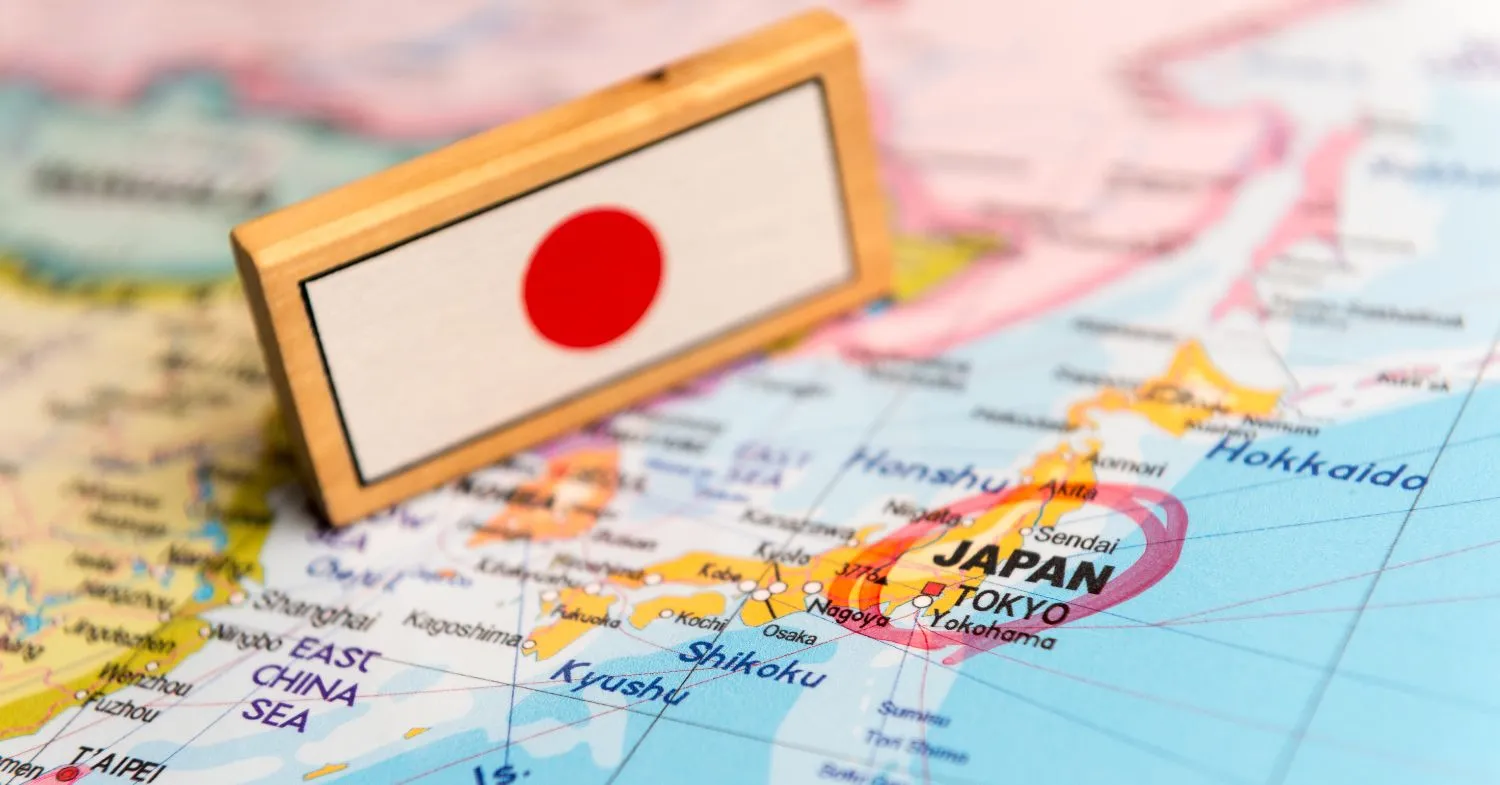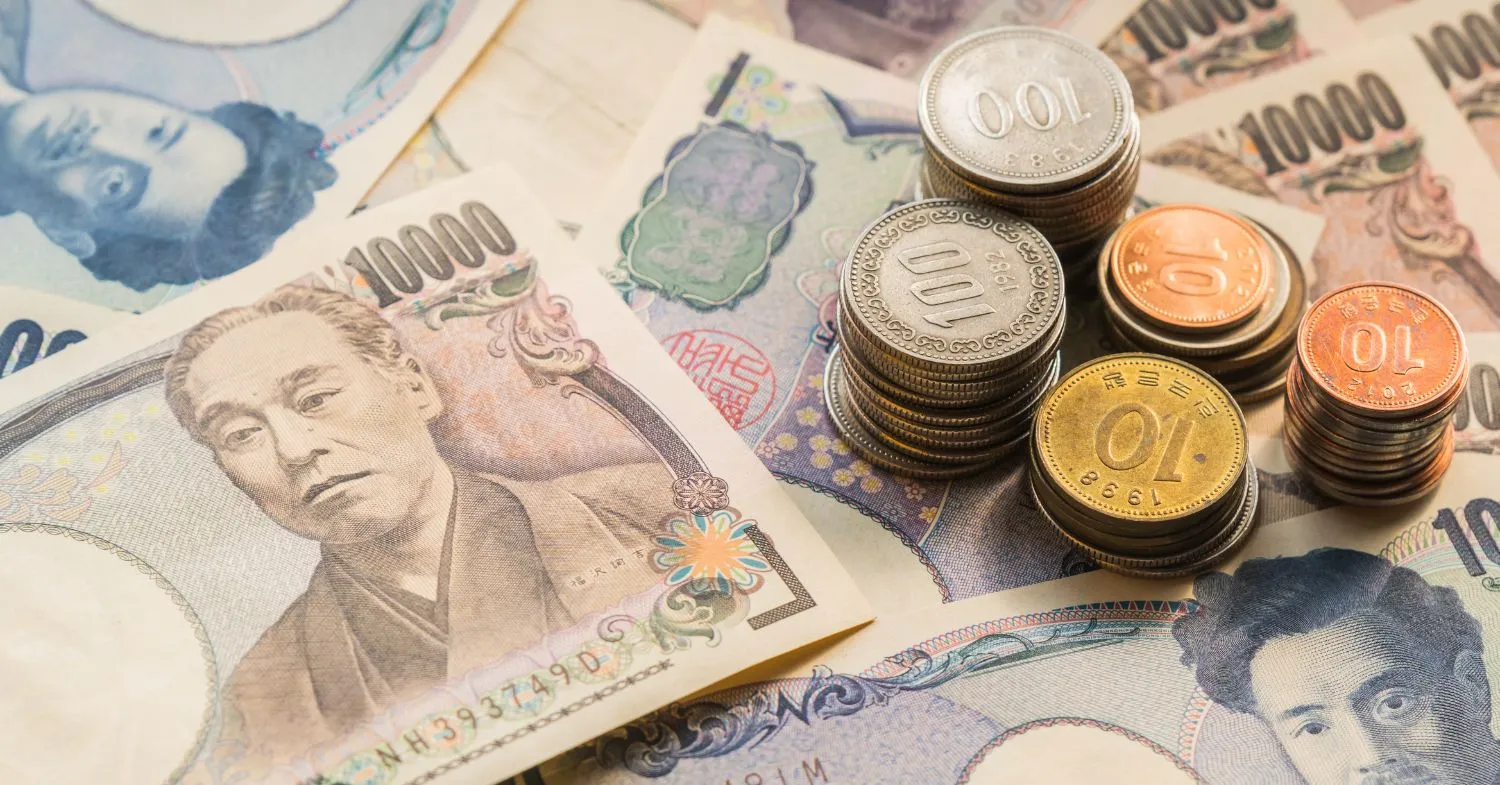If you’re planning to travel to Japan, there’s one thing you should prepare for – money!
In this guide, we’ll explore all the topics related to money in Japan.
Ready To Travel? Don’t Go Without Travel Insurance.
I recommend SafetyWing Nomad Insurance, an affordable travel insurance offering automatic monthly payments that you can cancel anytime. I’ve been using it since 2019, and I can assure you it’s the perfect solution for nomads like you and me. Learn more by reading our SafetyWing review.
We’ll talk about the currency, withdrawals and ATMs, money transfers in Japan, and some travel tips related to money.
Without further ado, let’s have a look at the Japanese currency.
Japanese Yen
The official currency in Japan is the Japanese Yen (JPY).
You’ll find banknotes and coins.
Banknotes:
- 1000 (blue)
- 2000 (green)
- 5000 (purple)
- 10000 (brown)
Coins:
- 1 Yen
- 5 Yen
- 10 Yen
- 50 Yen
- 100 Yen
- 500 Yen
Planning your upcoming adventures? Travel by bus! (It’s cheap!)
As the currency exchange can fluctuate quickly, we recommend you keep a look at the latest rates before your trip and during your trip.
I usually take a screenshot of the latest rates the day before the trip so that I can have a quick look to get familiar with the conversion when I buy something or withdraw money.
Best Way To Get Cash In Japan
The best way to get Japanese Yen is to withdraw money in an ATM or exchange money before your trip/on arrival).
I personally use bank ATMs to withdraw cash in Japan as I’m not a big fan of exchanging money abroad, but some people prefer this, so we’ll make sure to cover each topic in this guide.
Withdrawing Cash In Japan
You can easily find ATMs in Japan, especially in bigger cities and tourist hotspots. You’ll find them at banks, convenience stores (like Seven-Eleven or Lawson), and airports.
Most ATMs accept debit/credit cards from all over the world. You should be able to withdraw JPY with no problem. I personally use Revolut in Japan to withdraw money.
How To Withdraw Money In Japan
Follow the steps below to withdraw cash in Japan:
- Find an ATM
- Insert your card
- Select your language
- Click on the option to make a withdrawal
- If you’re given an option for the exchange rate, select the option “Without Conversion”, as you’ll get a better exchange rate this way
- Accept the transaction fees (if any)
- Take your money and card
I personally use my Revolut card to withdraw money in Japan. Revolut is a great option for travelers as you can freeze and unfreeze your card. There are other advantages for travelers too. Learn more by reading our Revolut review.
Exchanging Money In Japan
Another way to get money in Japan is by exchanging currencies. You can find exchange offices in airports, major cities, or banks.
While some people prefer the convenience of changing money before their trip, it’s better to exchange money in Japan. The exchange rates you find in Japan are usually better.
Now, you may be wondering which currency to take to Japan. Think of the main currencies such as USD and EUR. However, you’ll only be able to use Japanese Yen (JPY) in Japan.
Payments In Japan
Cash in Japan is handy, and you should always have some in your pocket. For example, cash is useful to buy a train ticket. That said, many places accept payments with debit/credit cards.
Let’s take a look at the primary payment methods in Japan.
Cash
In some cases, you’ll have to pay with cash.
So, make sure to always have some Japanese Yens with you.
If you’re out of cash, you should be able to find ATMs easily, so you can always go withdraw money if needed.
Debit/Credit Cards
Although there are still some places where you can’t pay with cards, you’ll find that some restaurants and stores accept it. For example, modern restaurants, supermarkets, and malls accept payments by card.
When I pay with a card, I usually use my Revolut card.
In some shops, you can use the contactless method, but in some places, you’ll need to enter your PIN code.
Tipping In Japan
Tipping is not expected in Japan. However, some high-end restaurants may charge for service on the bill, or have a tipping box.
Japan Travel Money Tips
The best way to get Japanese Yens is to use an ATM to get cash or exchange currencies in Japan.
The best way to travel with money in Japan is by using a travel card like Revolut. This way, you can pay by card when you can or withdraw money easily.
Having a Japan SIM card to access the Internet in Japan can be handy if you want to see the currency exchange rates or find an ATM nearby.
When withdrawing larger sums, we recommend the following:
- Put your money somewhere safe (wallet or money belt).
- Once you arrive at your accommodation, find a safe spot for your money. You don’t need to carry all your money at all times (unless you want to). If you stay in a hostel, make sure to keep your money hidden and locked in a locker. If you stay in a hotel, you can also hide and lock your money or simply put the “don’t disturb sign” on the door. As a result, you’ll get no cleaning and no strangers in your room.
How Much Money To Bring To Japan
It all depends on your travel style and budget. I always get money on arrival, so I don’t really “bring money to Japan”.
Although, if you wish to have money on arrival, you can exchange money before your trip.
Here are some pointers to keep in mind to figure out the right amount of money to bring to Japan:
- How long is your trip?
- Is your accommodation paid for, or will you need to pay on arrival?
- Are your tours and activities paid for, or will you need to pay on arrival?
- How are you planning on getting around Japan?
- What’s your budget for Japan?
Once you know the answers to these questions, you should be able to have a rough idea of how much money is needed in Japan.
Alternatively, you can withdraw cash on arrival instead of bringing money with you. ATMs in Japan are available in airports, and convenience stores. So, you’ll be able to get cash easily.
Japan Money Transfers
The best way to transfer money to Japan is with Wise.
It could take a few days, so make sure to send money ahead of time if required.
That said, it’s worth comparing your options to find the best currency exchange rate and transfer fees.
Let’s see why you may need to transfer money to Japan:
- Paying rent to the landlord
- Buying a property in Japan
- Payment of utility bills
Final Thoughts On Money In Japan
And that’s all you need to know about money in Japan!
Having a travel card from Revolut is the best way to manage your money. It’s easy to top up, gives you an excellent exchange rate, and you can use it to pay for things in Japan.
As you can see, having cash is still a must in Japan. Just make sure to be smart about it and pay attention to where you put your money.
Traveling soon? Read one of the following guides:























Discussion about this post